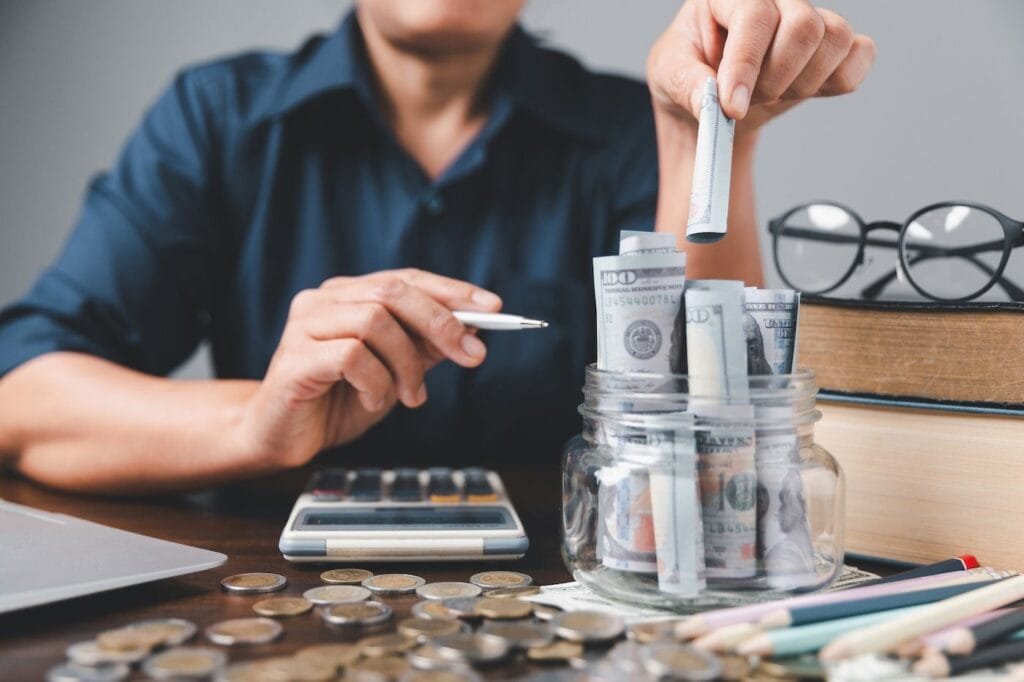Now Reading: How to Start Building an Emergency Fund Guide
- 01
How to Start Building an Emergency Fund Guide
How to Start Building an Emergency Fund Guide

Introduction
Building an emergency fund is one of the most important steps toward financial security. It acts as a safety net, protecting you from unexpected expenses like medical bills, car repairs, or job loss. In this guide, you’ll discover practical strategies to build your emergency fund without feeling financially strained.
Why Do You Need an Emergency Fund?
An emergency fund gives you peace of mind, knowing you can handle life’s surprises. Without one, you might rely on credit cards or loans, which can lead to debt. Experts recommend having 3 to 6 months’ worth of living expenses set aside.
How Much Should You Save?
The amount depends on your lifestyle and expenses. Here’s a simple way to calculate your target:
- Monthly Essentials (Rent, Food, Bills): $2,000
- Ideal Emergency Fund (3-6 months): $6,000 – $12,000
💡 Start small. Even $500 can make a huge difference.
Step-by-Step Guide to Build Your Emergency Fund
1. Set a Savings Goal
Decide how much you want to save. Break it down into smaller milestones.
For example:
- First Goal: $500
- Second Goal: $1,000
- Final Goal: 3–6 months of expenses

2. Open a Dedicated Savings Account
Choose a high-yield savings account for better returns. Ensure it’s separate from your regular account to avoid temptation.
✅ Pro Tip: Look for an account with at least 4% APY.

3. Automate Your Savings
Set up automatic transfers from your checking account. Even $20 a week adds up to over $1,000 a year.
4. Save Unexpected Money
Tax refunds, work bonuses, or gifts—direct them to your emergency fund.
5. Cut Unnecessary Expenses
Identify non-essential expenses and redirect that money into your fund.
Example:
- Skip 2 coffee shop visits/week: Save $20/week = $1,040/year.
- Cancel unused subscriptions: Save $15/month = $180/year.

Where to Keep Your Emergency Fund
Choose an account that’s accessible but not too easy to spend from:
✅ High-Yield Savings Account
✅ Money Market Account
✅ Cashable Certificate of Deposit (CD)
When to Use Your Emergency Fund
Only use it for true emergencies like:
- Unexpected medical expenses
- Essential car or home repairs
- Job loss
Avoid using it for vacations, shopping, or non-urgent expenses.

Conclusion
Building an emergency fund doesn’t happen overnight, but small, consistent steps make it achievable. Start with what you can, automate savings, and watch your fund grow. Your future self will thank you when an unexpected bill arrives—and you’re prepared.



























